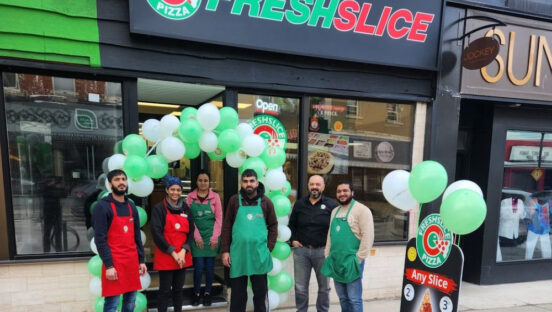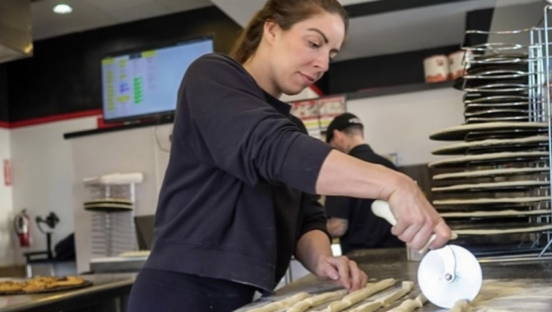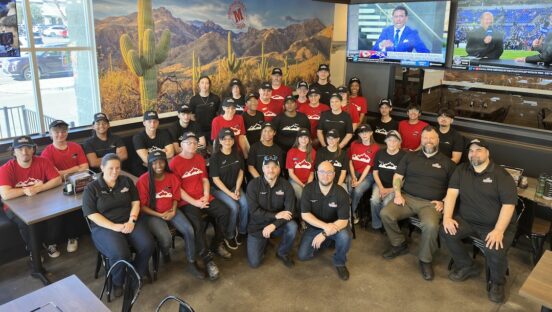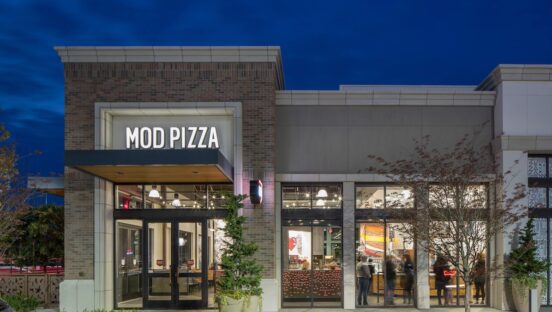WASHINGTON, June 14 /PRNewswire/ — Locally grown foods are the next and hottest consumer food trend. In fact, a national poll says 75 percent of consumers believe it’s important to know whether food is grown locally or regionally. What many consumers don’t realize is how easy it can be to grow their own fresh produce right in their own backyard.
Growing fruits and vegetables does not have to be a monumental task. Dr. Calvin Finch, a master gardener and expert on produce production, offers these easy tips to help jump-start your home garden.
1. So many choices — Choosing what to grow may be just as important as
how you grow it. Consider what you and your family like and how much
you wish to grow. In addition to your food preferences, your decision
should be based on sunlight availability and space and time
constraints. The important thing to remember is it only takes a plant
or two to make a “garden.” You don’t have to plant a large area.
Following are suggestions based on your situation.
If sunlight is limited, you can grow vegetables that are grown for
their fruits or seeds in pots. These vegetables include, corn,
tomatoes, squash, cucumbers, eggplant, peppers, beans and peas. When
space is limited, the following are recommended: bush snap beans and
lima beans; leafy greens like lettuce, spinach, mustard, and turnips;
green onions; tomatoes; sweet peppers; and eggplant. As space becomes
available, you can add broccoli, cabbage, hot peppers, okra, summer
squash, southern peas and pole beans. It is also a good idea to plant
vegetable varieties that are most suited to your geographic location.
2. Plan before you plant — Before you commit to a garden site, consider
the sunlight availability, soil conditions, and proximity to water. A
healthy garden needs at least six hours of sun each day. Soil should
be very fertile, although fertility can be enhanced, and have adequate
drainage. Avoid rocky areas and those that puddle after a rain storm.
It is also a good idea to be close to a water supply to avoid the
hassles of long water hoses.
3. Test your soil — This test determines if your soil has the proper
nutrient balance to support a garden. Farmers perform soil tests every
few years to ensure their fields have the right balance of nutrients
to produce healthy, high-yield crops, and home gardeners should do the
same. Measuring the nutrient levels in your soil is easier than you
might think thanks to do-it-yourself home testing kits and your local
cooperative extension service. Pick up a testing kit at your local
home and garden store, or contact your local extension service for
assistance.
4. Feed the plants that feed you — The soil test results will show what
nutrients are lacking and explain what nutrients should be added.
Commercial fertilizers are generally the easiest to use and allow for
greater accuracy. They are labeled with three numbers, which provide
the proportion of nitrogen, phosphorous and potassium — the three
essential elements required for plant growth. For example, a bag of
fertilizer labeled 8-8-8 contains 8 percent each of nitrogen,
phosphorus and potassium. What many consumers don’t realize is that
the essential elements of fertilizers are naturally occurring in the
environment.
5. Time to Plant — Planting and spacing depths are critical, so make
sure you read the recommended depth requirements on the seed packets.
You should plant extra seeds in each row to allow for failed
germination, and for thinning. Cover the seeds with fine soil, then
firm the soil over the seeds to hold in moisture. Water with a gentle
spray, careful not to disturb or uncover the seeds. Once seedlings
have emerged and developed their second or third set of true leaves,
thin them as needed so that you keep the strongest plants and maintain
proper spacing.
6. Ample water and fertilizer makes bountiful produce — Growing plants
draw their nutrition from the soil, depleting the soil of important
crop nutrients when the produce is harvested. To get the healthiest,
most nutritious produce, replenish with a water-soluble fertilizer
three to six times after planting, following label instructions.
Fertilizer should be applied more frequently when the plant is growing
rapidly because plants are removing high levels of nutrients from the
soil to sustain their growth. Plants need to be “fed” just like
people. Healthy soil produces healthy, nutritious fruits and
vegetables. Regular watering is also important. Mature plants need
about an inch of water each week from either rain or watering.
7. Keep the weeds out — Don’t invest your time and money in weeds. Pull
weeds regularly, and be sure to get the root. A light layer of mulch
can help deter weed growth.
Don’t have the time or space? — Container gardening can be quick, easy and delicious. Key tips to growing a successful container garden include choosing a rot-resistant pot that allows adequate drainage, using a quality potting mixture, placing pots where they get at least six hours of sunlight per day, and apply water and fertilizer regularly. Don’t hesitate to grow a variety of produce in one pot if space permits. You can create a salsa or pizza container garden by growing your desired vegetables and herbs in one container.












